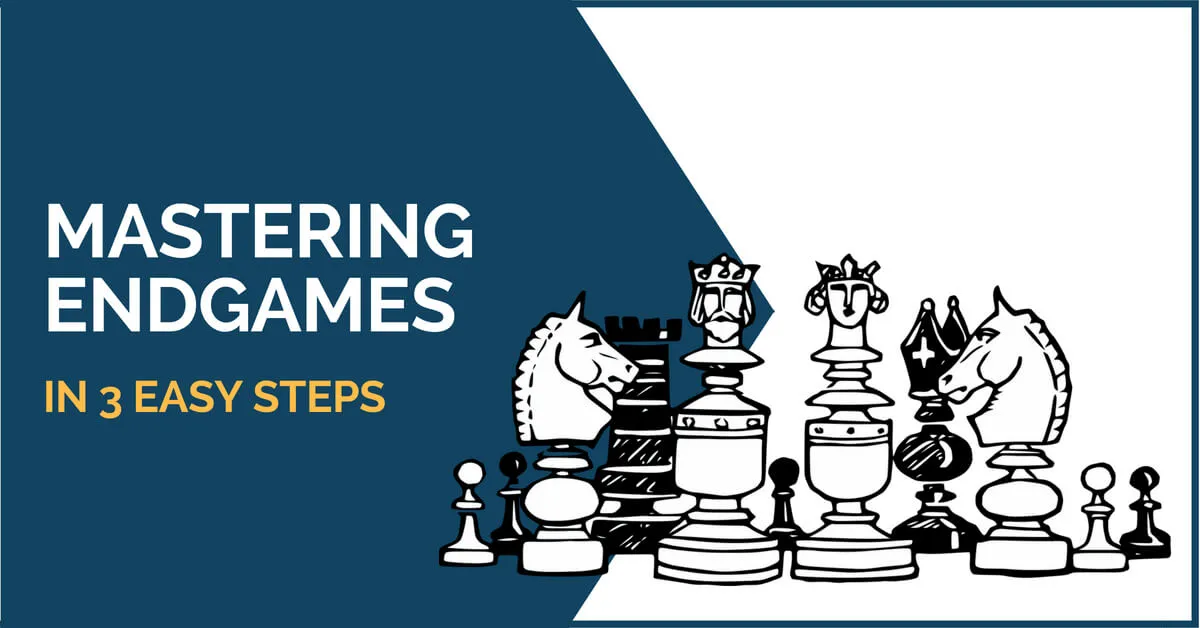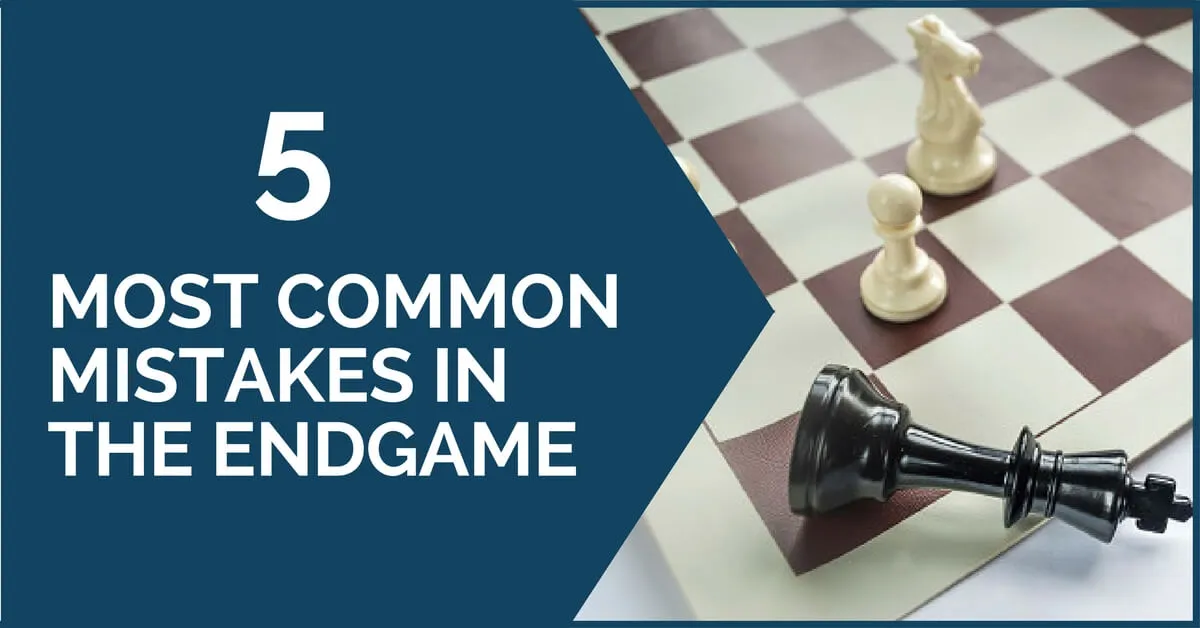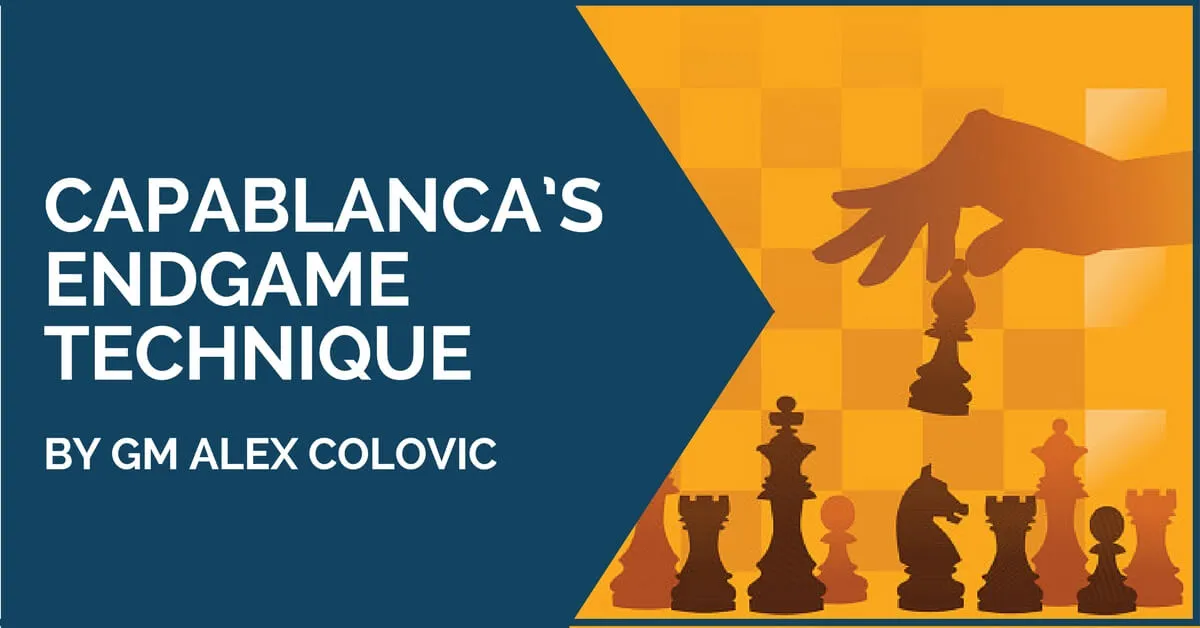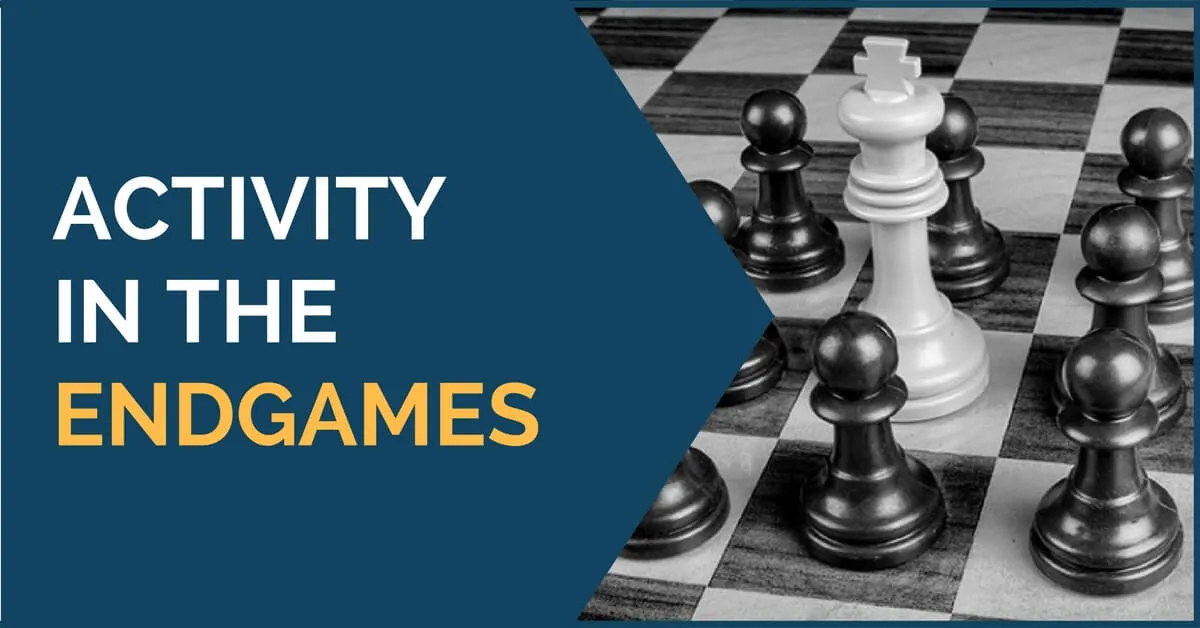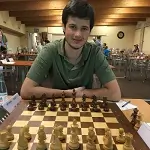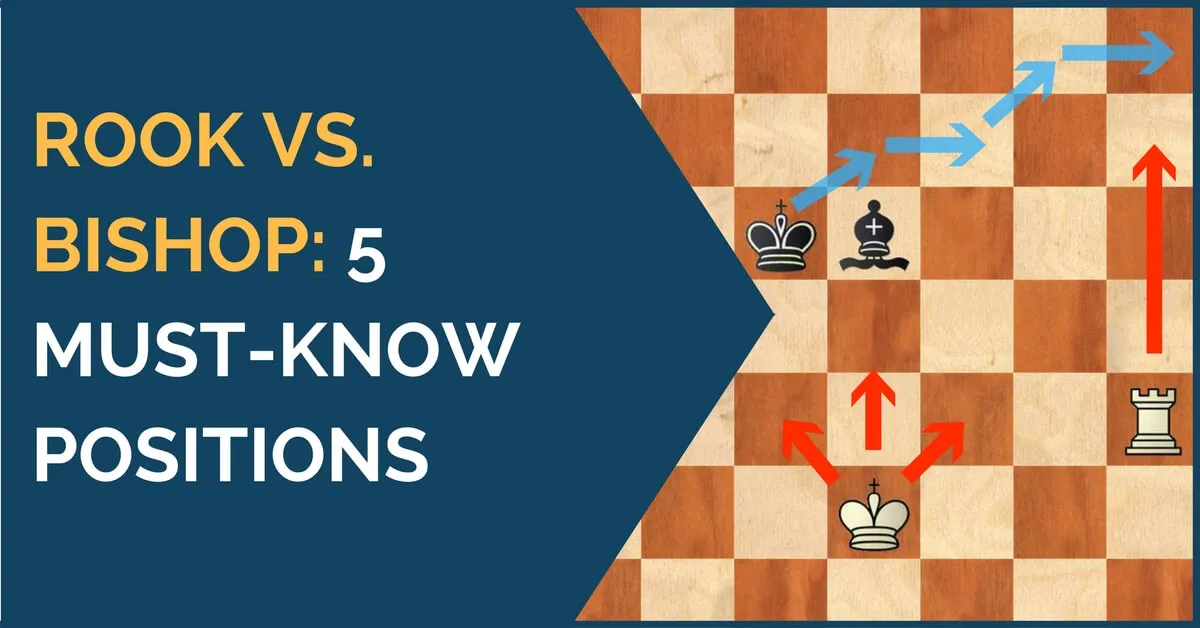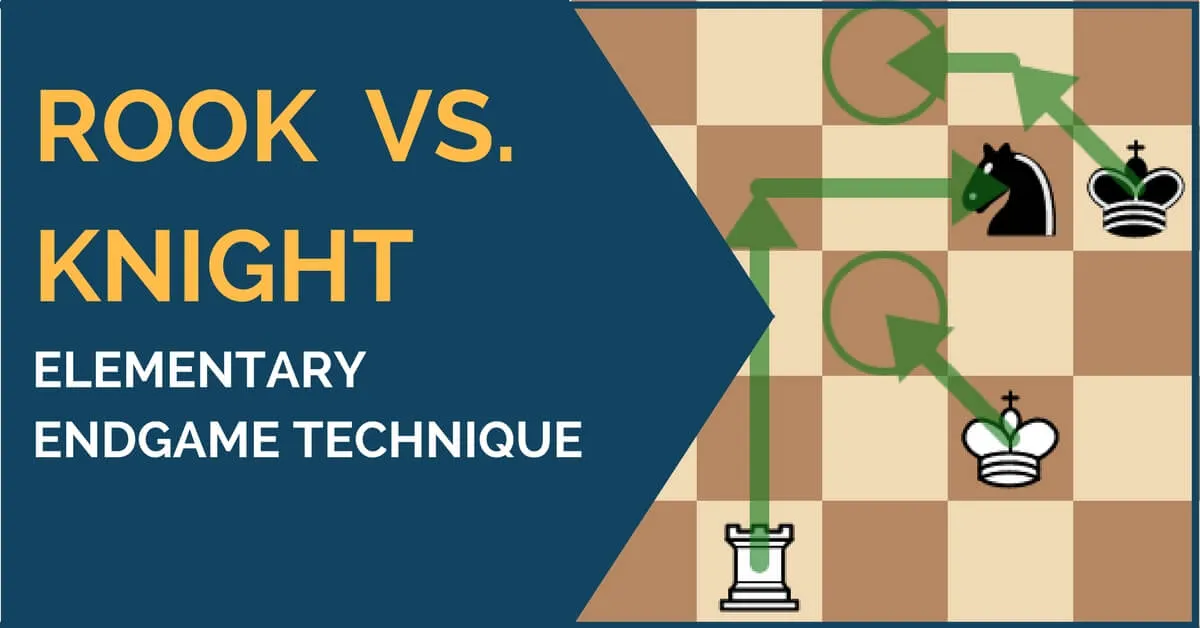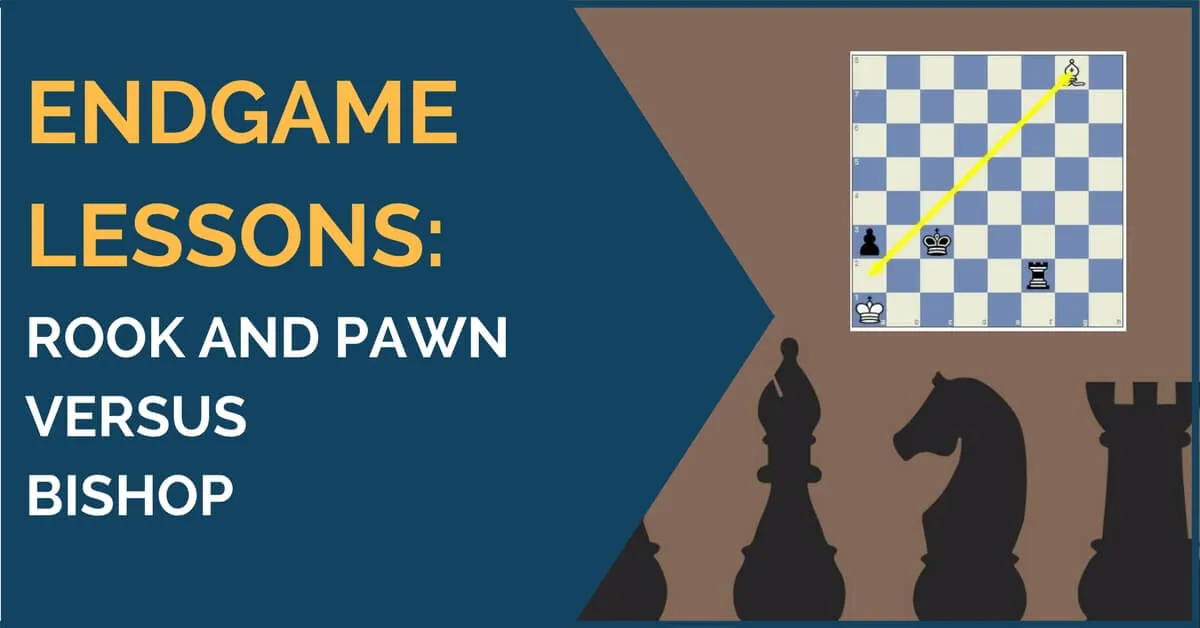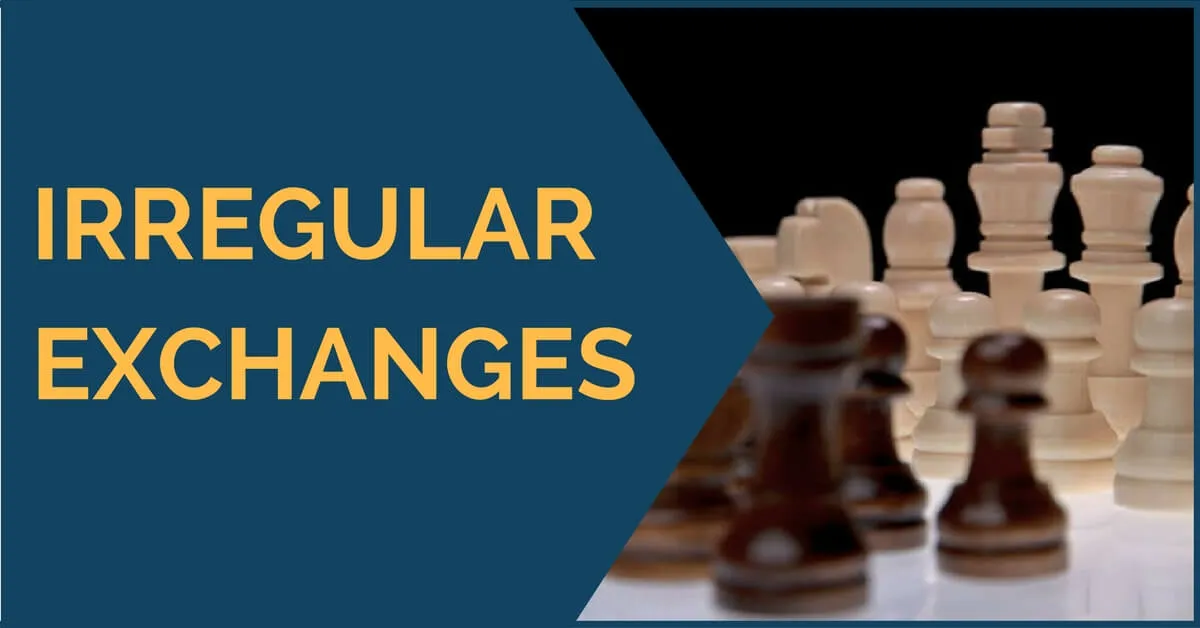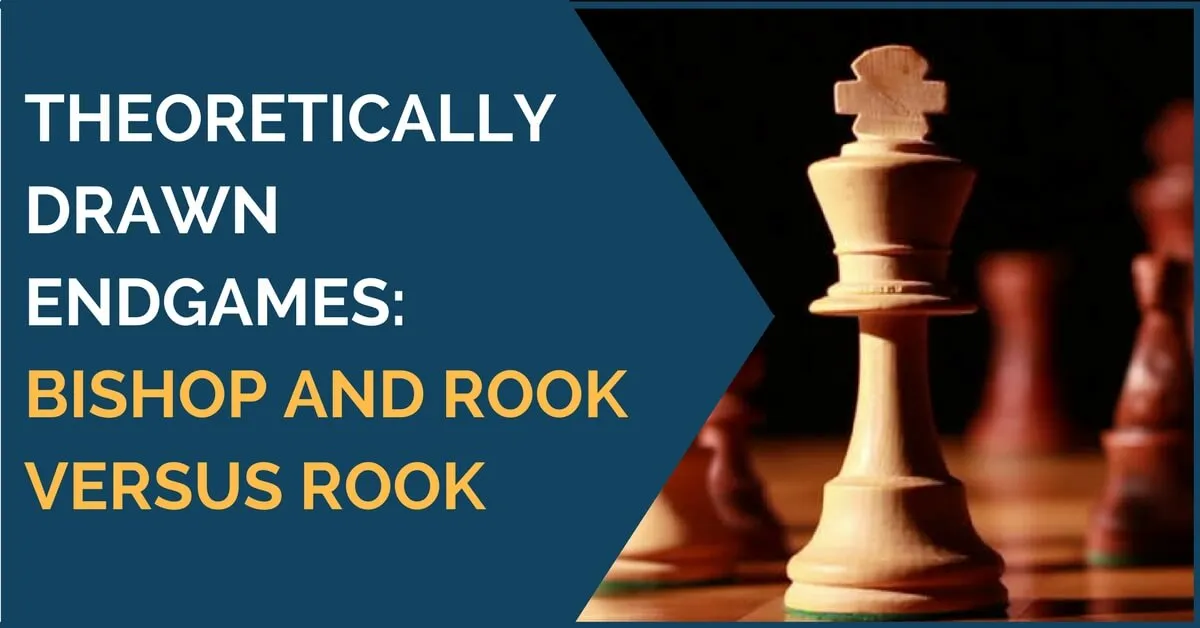Endgame
Minor piece endgame, and a quite common one, was analyzed by me and my student a few days ago. One side has the bishop pair and 6 pawns (3 on each flank). And, the opponent has a knight and a bishop. Also, the 6 pawns are divided into 2 on the queenside and 4 on […]
Endgames and 3 Easy Steps in Mastering Them. Any chess player who wants to make progress and increase his level should focus on improving his overall chess understanding; this can be done by studying classical games, strategy, and endgames. In this article, we are going to focus on the last phase of the game and […]
Common mistakes that occur in the endgame have to be encountered for this article. By bringing them to your attention, we hope to help you correct them. And, thus improve your play in this phase of the game. As well as openings and middlegames, having a good understanding of the endgame is essential. It’s essential […]
Capablanca’s Endgame Technique has always been one of my idols and the first conscious raise of my level happened after every day, 3-month study of his games. It was the winter of 2004-2005 and for three months, December, January, and February all I did was study and analyze Capablanca’s games every single day all day […]
Endgames Activity plays an important role in the endgames as you have probably heard before. We have many times emphasized the importance of creating a varied training schedule. Nowadays most of the players invest a lot of time into studying and learning openings. But, you should not forget about middlegame and endgame. The opening is […]
I’d like to devote this article to the Rook versus Bishop endgames. It is a very important endgame and is often misunderstood and misplayed at the club level. This endgame is not as complicated as you may think but requires some knowledge and precision. Rook versus bishop endgame may not be the most often seen […]
Rooks vs Knight situation might give you headaches during a practical game if you haven’t studied it beforehand. Continuing our series of articles on important endgames that every player should know, we are going to present you today this situation. From a theoretical point of view, this endgame is a draw. There are, of course, […]
It is always an extremely difficult task learning Endgame Lessons. In my personal career, I have always lacked the motivation and guidance to do so. Most of what I know today I have learned through self-experience after many tournament games and analysis with colleagues. This is far from the ideal way of learning endgames.
Irregular Exchanges: When the game transposes into the ending and queens are off the board, people often tend to lose concentration, due to a lack of checkmating attacks. However, it’s especially in the endgame when extreme precision is required. If you make a mistake in the middlegame, you still have time to fix it. In […]
With the advance of technology and the improvement of the chess engines, more and more chess players have started to focus a lot on the opening and slightly disregard the other phases of the game, especially the endgame. While knowing your theory well is very important, you should find the right balance in your preparation […]


